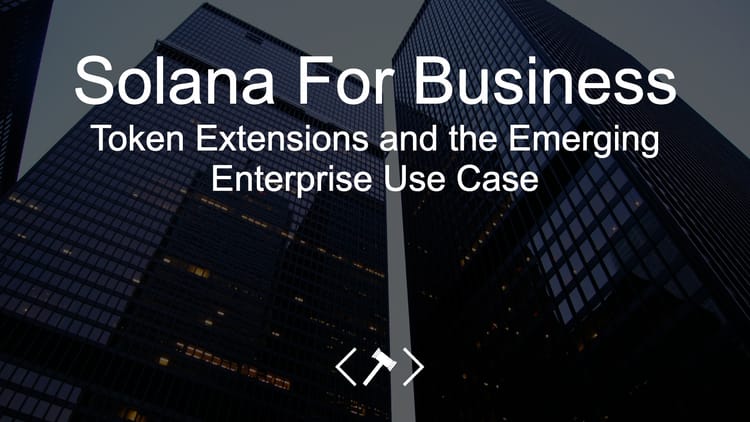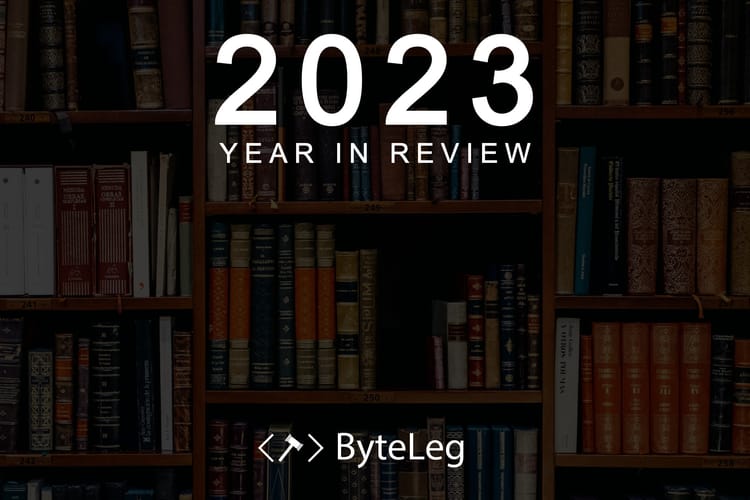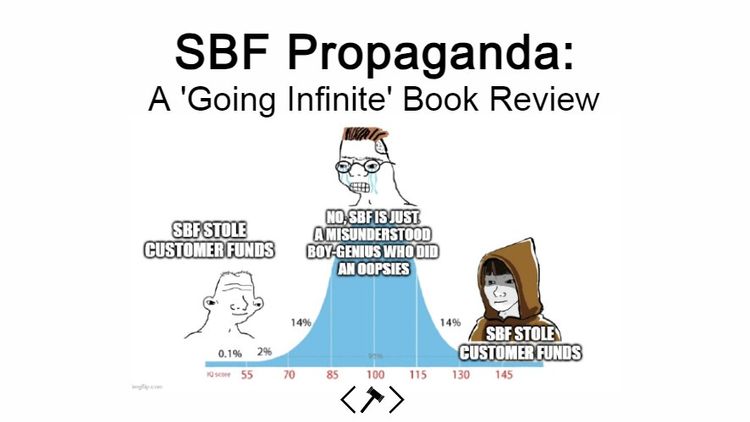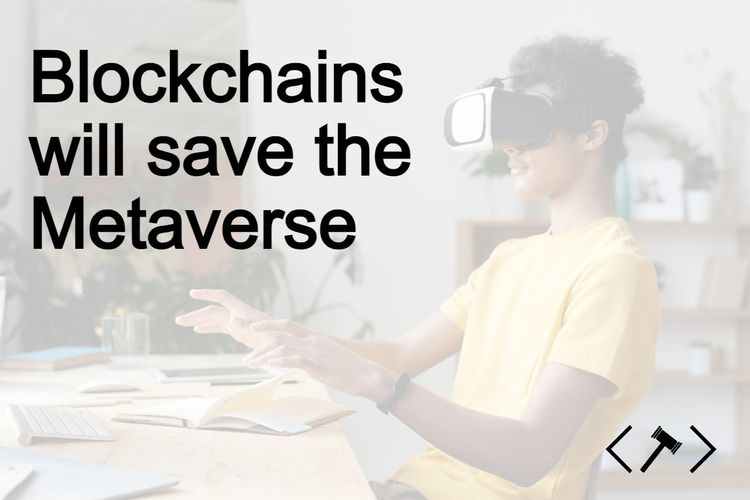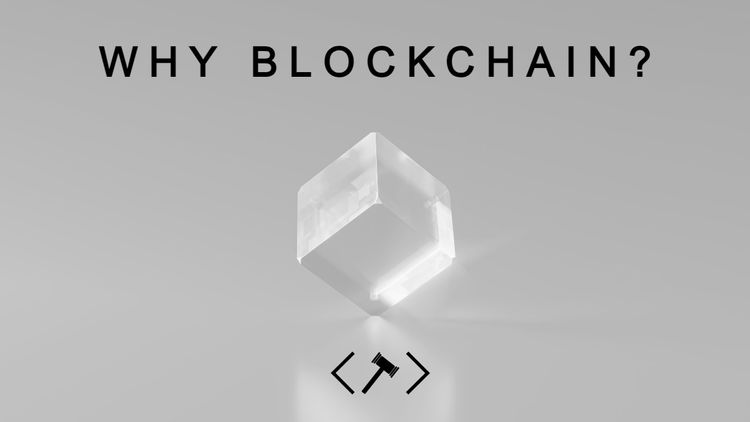Django On-Chained: The Need for Decentralized Identity
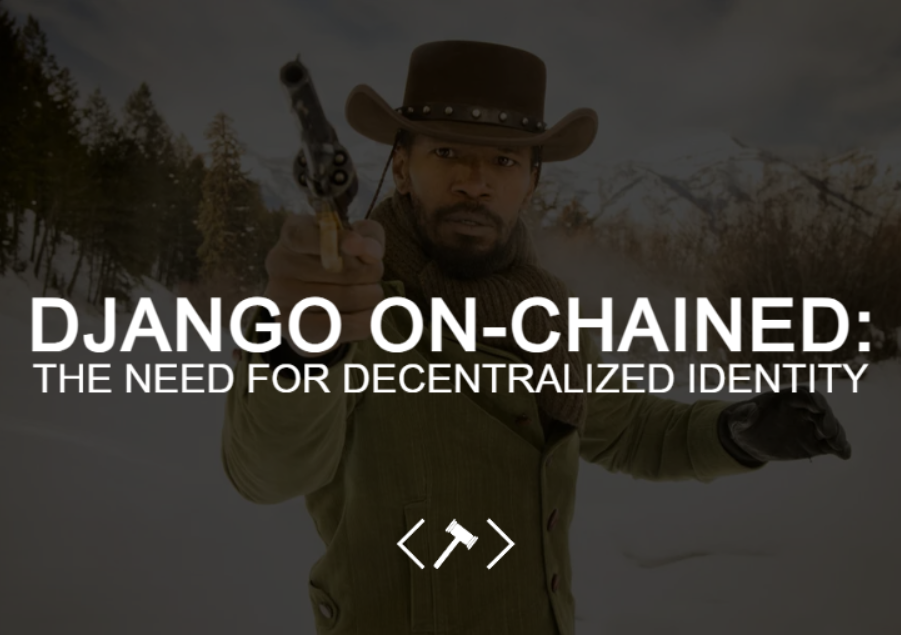
Despite our advances in technology, we continue to rely on paper IDs as if its 1860. In the age of the internet, a picture of a physical drivers license is the best way to verify if someone is who they say they are.
I recently watched Quentin Tarantino’s Django Unchained and it changed the way I think about identity.
What’s Next:
- Django Unchained
- Paper and Plastic Identity
- Identity in the Age of the Internet
- We Have Technology
If you like this article, you'll probably like my other pieces as well. Subscribe for free to get an email notification when I post!
DJANGO UNCHAINED
The above scene highlights how the ways we verify our identities hasn't changed all that much since the 1860s.
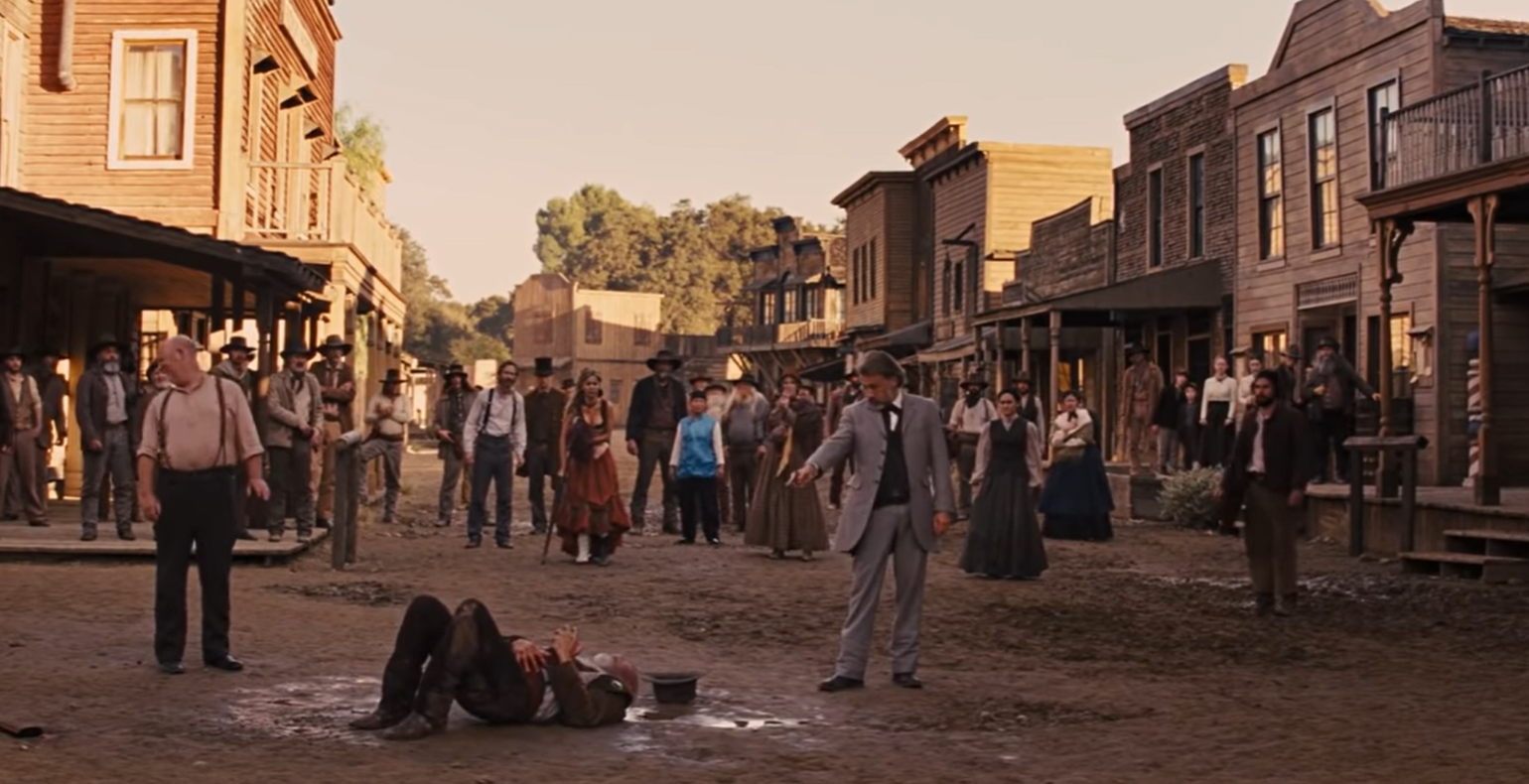
In the scene, Dr. King Schultz (Cristoph Walz) kills the sheriff of a small town after he is confronted. After the killing, the crowd flees to get the U.S. Marshall and his deputies, who surround the bar where Schultz is waiting. Unlike other westerns, where the heroes come out guns blazing, Schultz walks out armed only with a piece of paper.
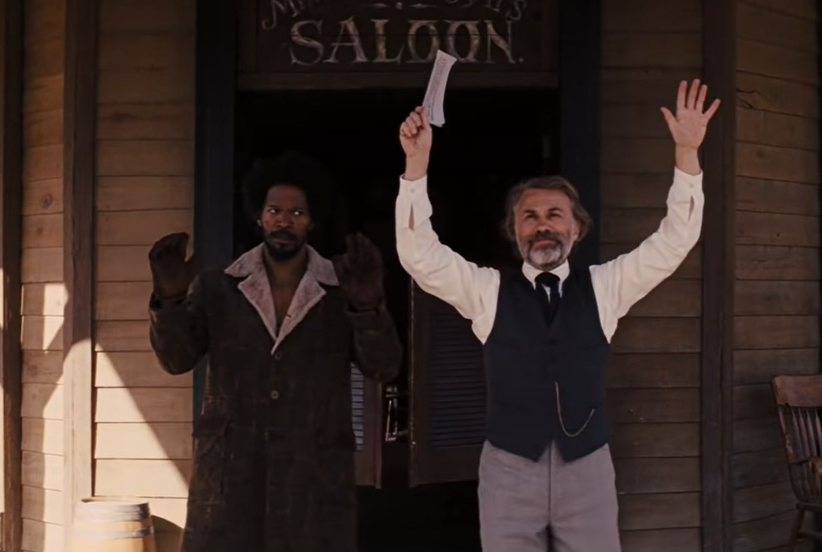
Addressing the crowd, Schultz explains that the dead sheriff, who went by the name Bill Sharp, was actually a wanted outlaw by the name of Willard Peck. Before he took on a fake identity as was elected sheriff, Mr. Peck had been a cattle thief, resulting in a $200 bounty on his head, dead-or-alive.
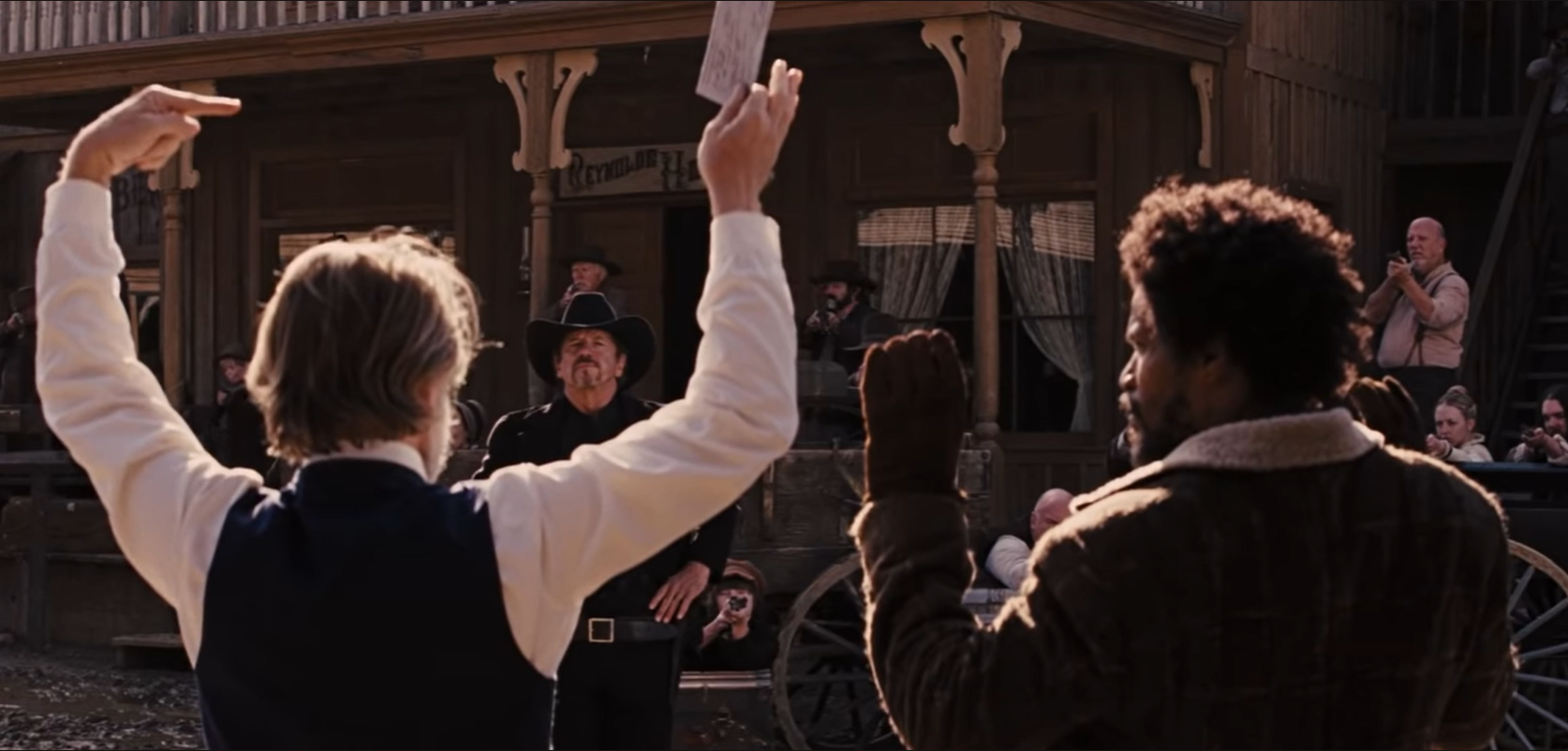
The piece of paper in Schultz' hand ‘proves’ that Schultz is allowed to kill the sheriff. Schultz is holding a warrant, signed by a circuit court judge, which proves that he is a bounty hunter authorized to kill the sheriff. The piece of paper says that not only was Schultz authorized to kill the sheriff, but now the U.S. Marshall has to pay Schultz $200 for doing so.
A signed piece of paper is enough to convince a town of people that the killing of their sheriff by a random outsider was justified.
PAPER AND PLASTIC IDENTITY
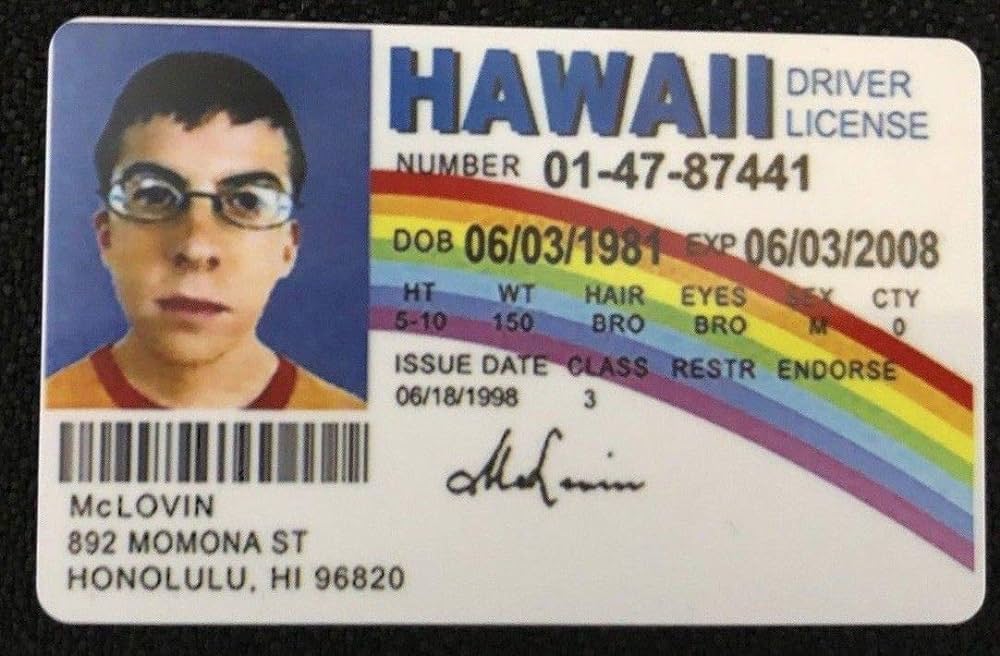
While Django is an over-the-top movie set in the 1860s, it provides a window into the history of how we prove who we are. While in the 1860s IDs were signed pieces of paper, today they are signed pieces of plastic. At their core, drivers license and other forms of ID are pieces of plastic that we carry to prove our identity, just like the warrant carried by Dr. Schultz in Django Unchained.
Even today, fake IDs are everywhere. In the 1860s, pieces of paper or letters of passage could easily be forged. Despite improvements in security, fake IDs are still everywhere on college campuses. People walk into a bar, show the bouncer a piece of plastic with a fake age on it, and get in. Underage drinking is not the crime of the century, but it highlights something important - our identities are not very secure.
On the Lex Friedman podcast, Brett Johnson - formerly the most wanted cybercriminal - said “all cybercrime should begin with identity theft… why would I commit a crime under my name if when I can do it under your name.” While stealing someone else’s identity is one thing, at their core, IDs are based on pieces of paper that ‘prove’ who we are.
To get a drivers license from the DC DMV, you need to bring in the following:
- Proof of Identity - Birth Certificate
- Proof of Social Security Number (SSN) - Social Security card bearing applicants name, SSN, and signature
- Proof of Residence - a printed utility bill with name and address, a printed and unexpired lease, a printed telephone bill.
At their core, each of these are just signed pieces of paper.
- Birth Certificate - piece of paper signed at birth
- Social security card - send in a U.S. birth certificate to get a card
- Utility bill and lease - an unsigned piece of paper showing you paid some bills
Despite hundreds of years of innovation, we continue to use 19th century technology to identify ourselves.
IDENTITY IN THE AGE OF THE INTERNET
A few years ago, my Instagram was hacked. To get back into my account, I sent Meta something like the following:
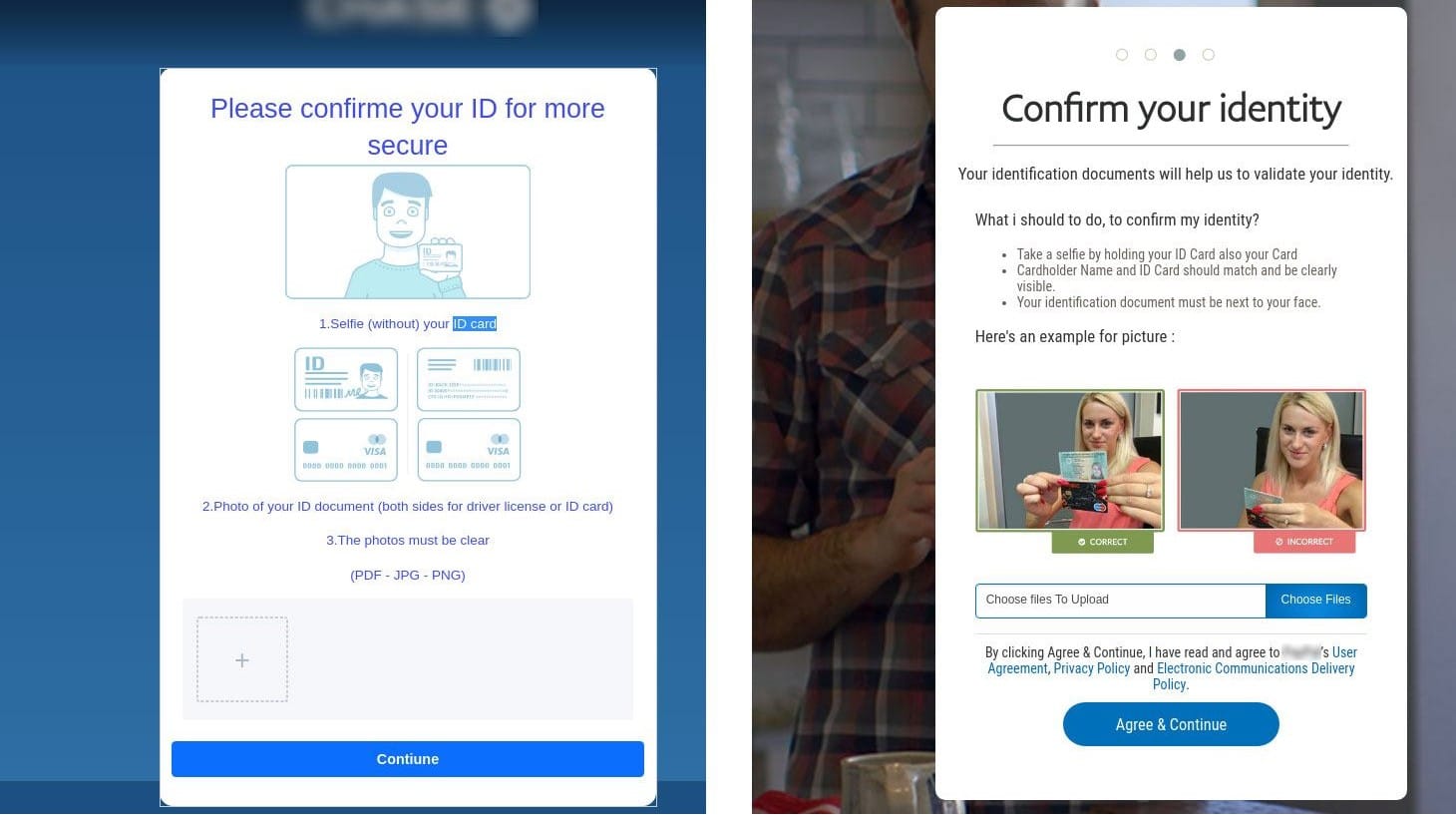
Really think about this.
I used a picture of a piece of plastic, backed by signed pieces of paper, to prove my identity online. There was no better way. Our computers send encrypted messages around the world, yet we rely on some guy at Meta HQ to eyeball a selfie with my drivers license and going “yeah those guys look the same.”
This reality of relying on someone's eyeballs to determine if you are you becomes more distressing as the quality of generative AI grows. For example, the following image was generated using generative AI and photoshop:
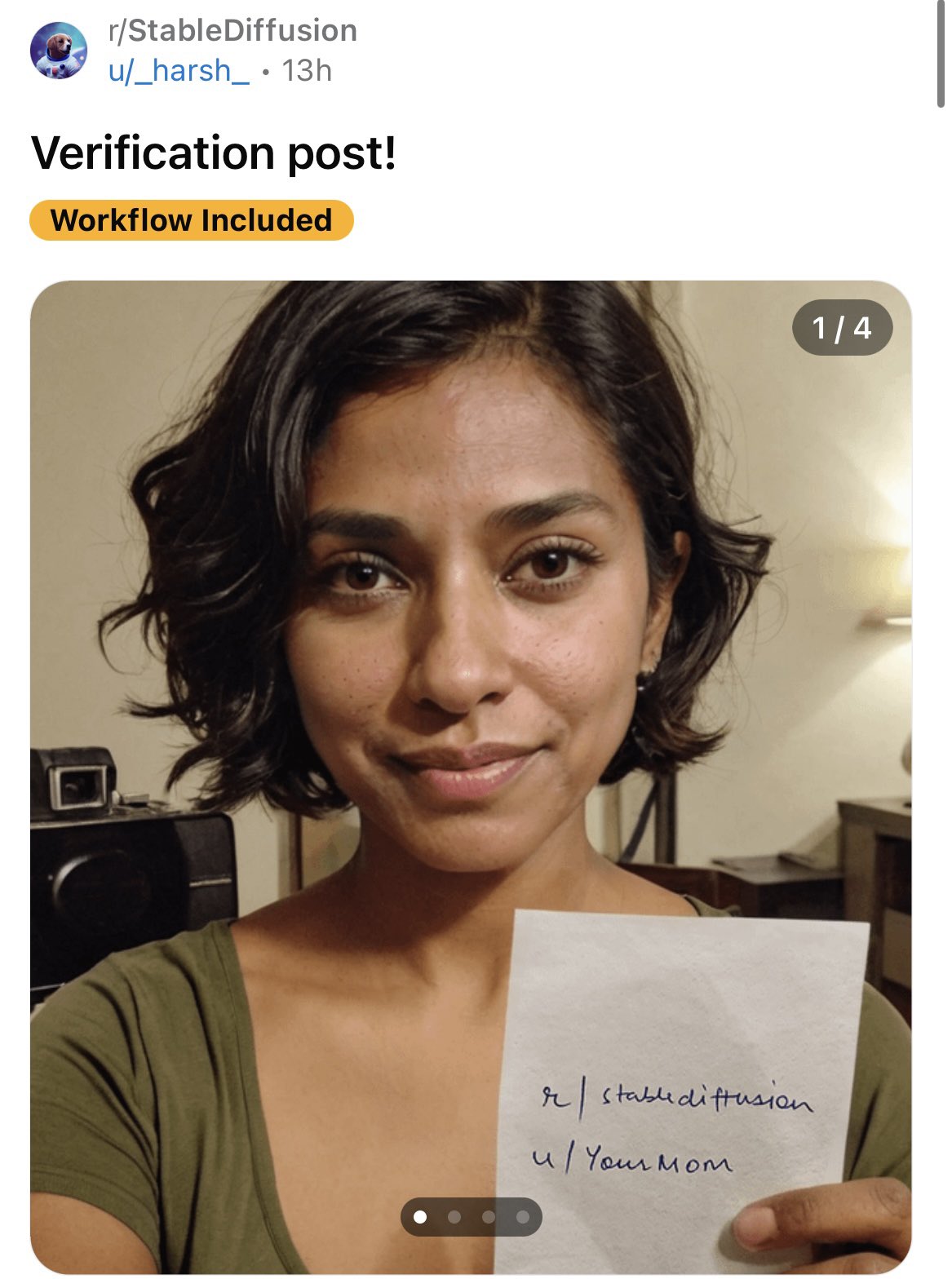
The internet has revolutionized so many products, but it has not revolutionized our identities. There is a better way to do this - decentralized identity. Built using blockchain and other cryptographic primitives like zero-knowledge cryptography, fully-homomorphic encryption, trusted execution environments, and multi-party computation, a new form of identity is emerging.
We Have Technology

Paper and plastic are not reliable, blockchains are. Instead of relying on signed pieces of paper, we should take advantage of technology to build something better.
For a comprehensive overview of what’s happening in decentralized ID, I recommend the following piece by dcbuilder.eth:

I also recommend checking out SpruceID and their Mobile Driver’s License pilot with the California DMV.
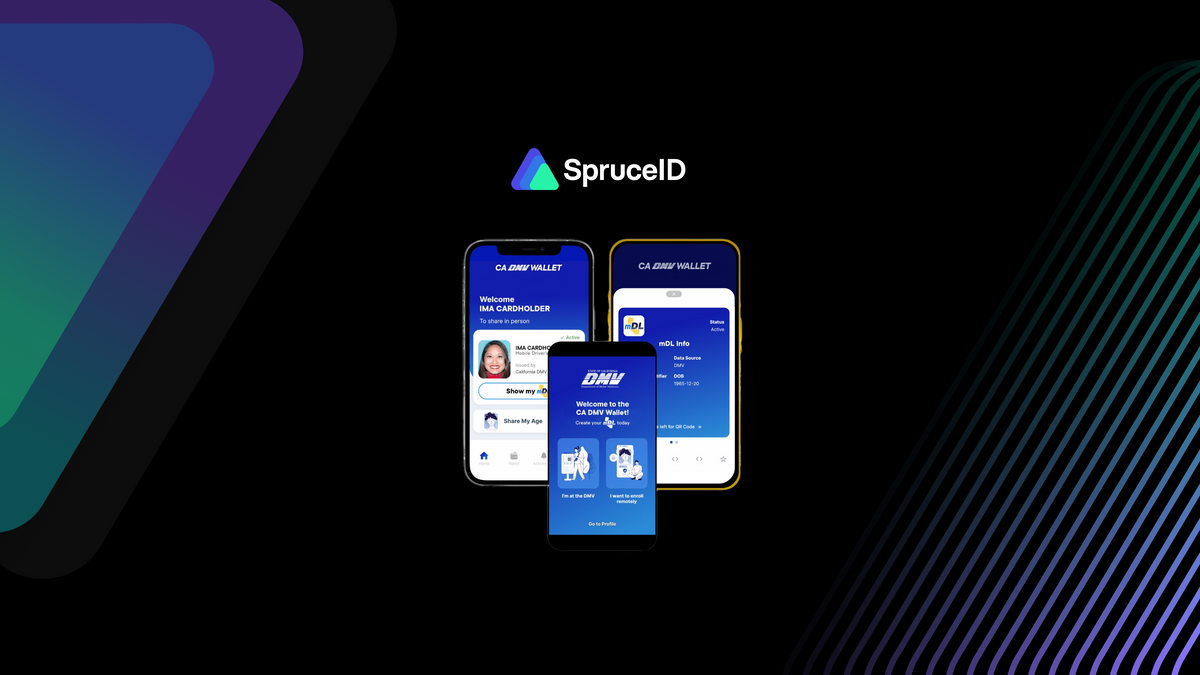
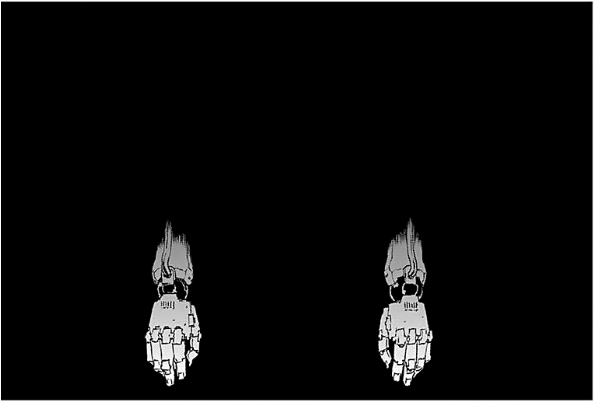
-Michael


